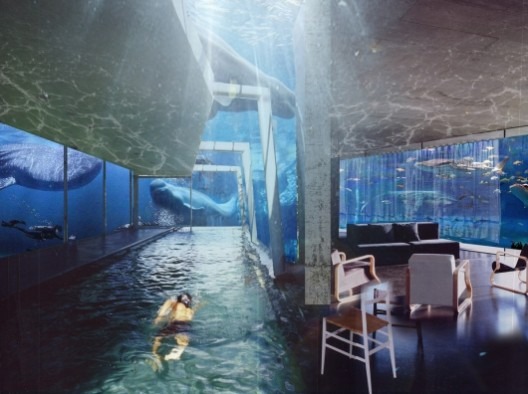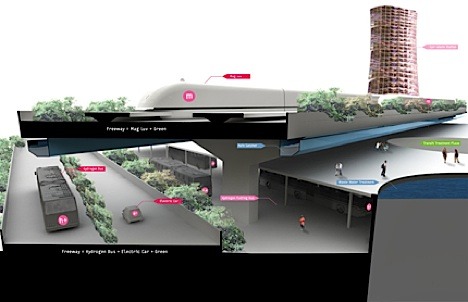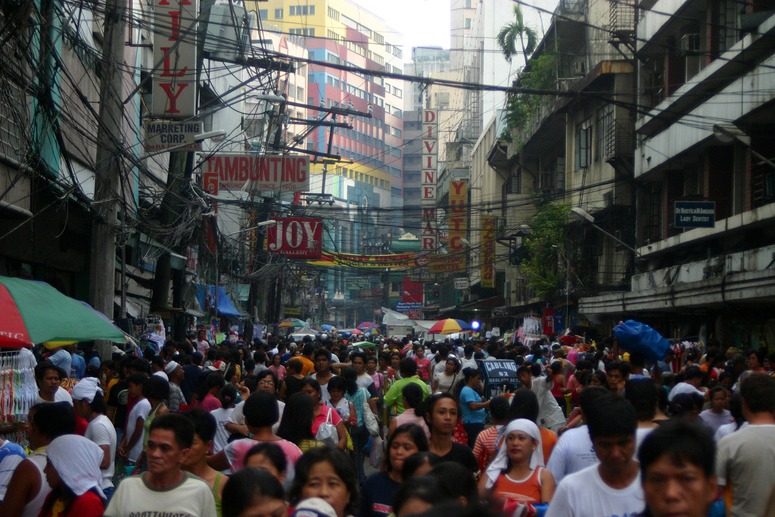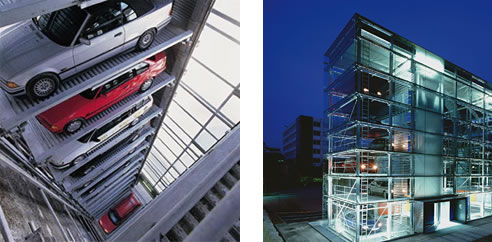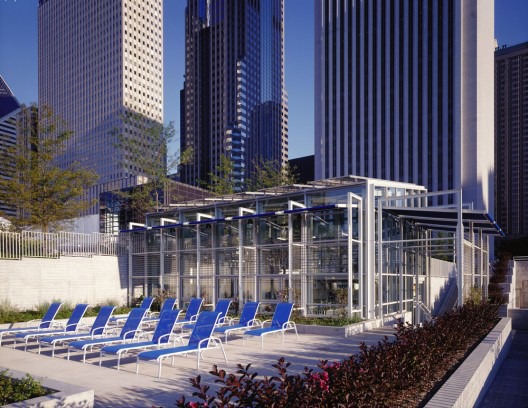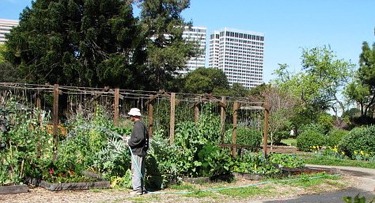The Berring Straits Project asked designers to imagine an element to connect the Russia and the United States. A peace bridge perhaps? Off Architecture were awarded second place for this imagining of a sometimes occupied space between two parallel 10 metre walls.
As architects contemplate the perils of global warming marine architecture is emerging as a serious discipline. However the genesis of this architectural discipline can be found in iconic structures such as the Miami Marine Stadium designed by Candela in the early 1960s. The stadium is expected to achieve landmark listing status.
Obviously, marine architecture presents a new challenge to the land-scape profession because imagining a sea-scape and the propogation of corals and algae in the enclosed gardens – hortus conclusus – of the ocean is conceptually different.
In the petrified seagarden, Richie Park, we are challenged to rethink our ideas about the natural boundaries between land and sea.
Yet, in explorations of the seaside, are potentially the sparks of inspiration for seagarden designers.

